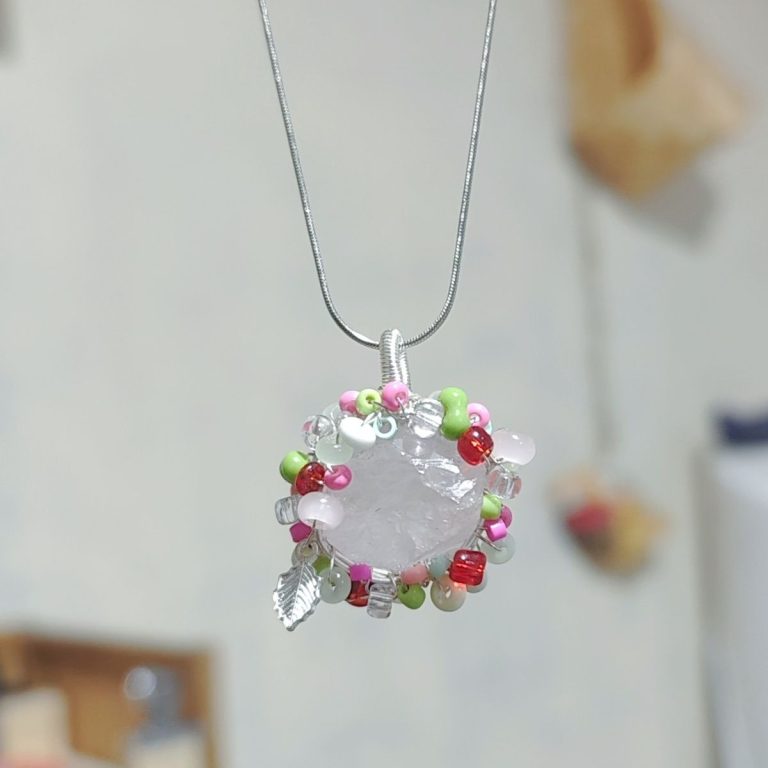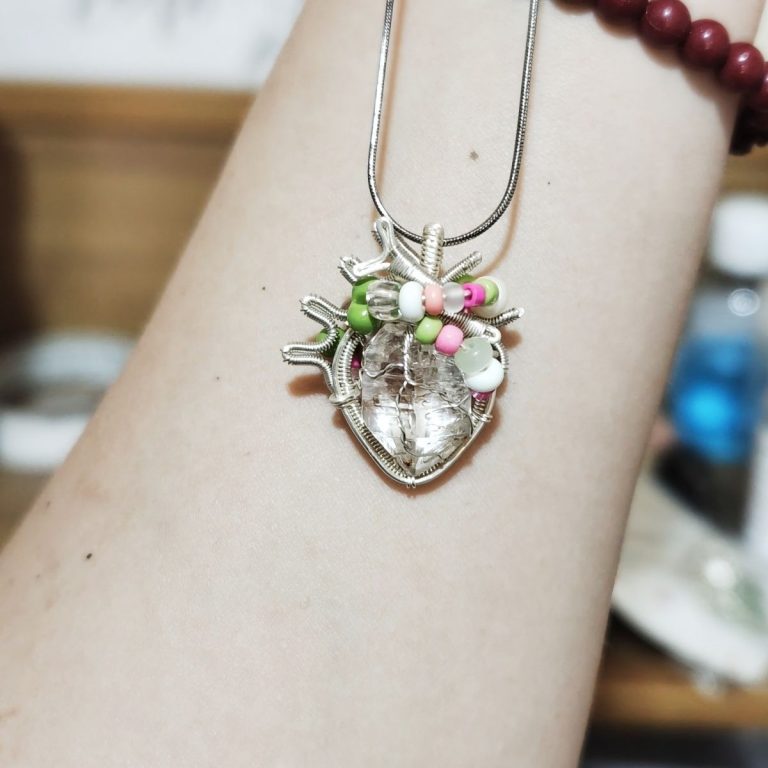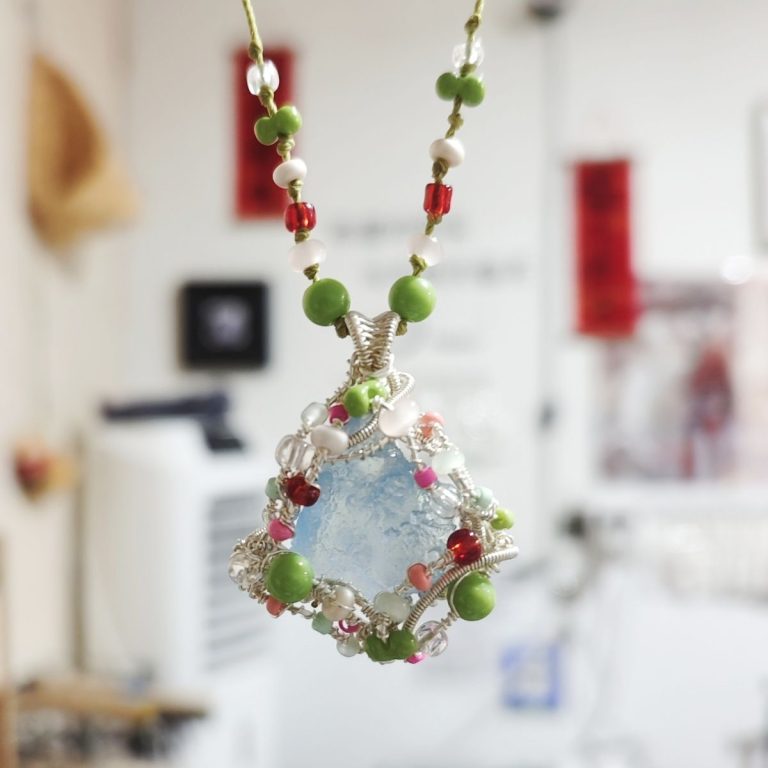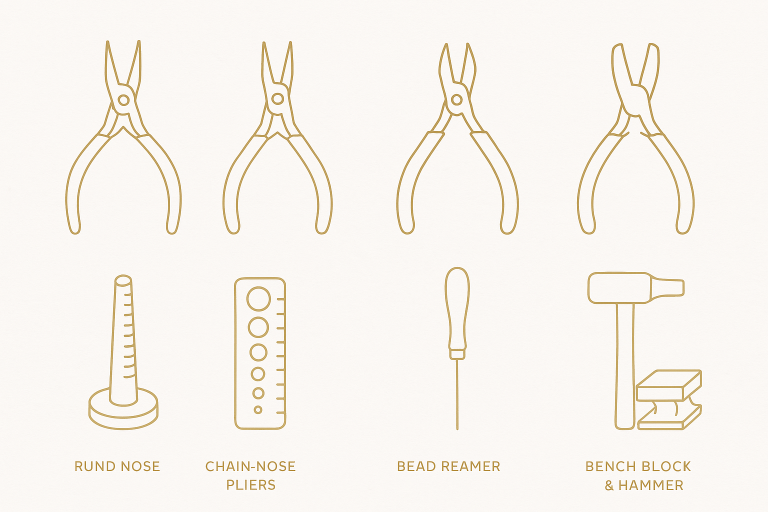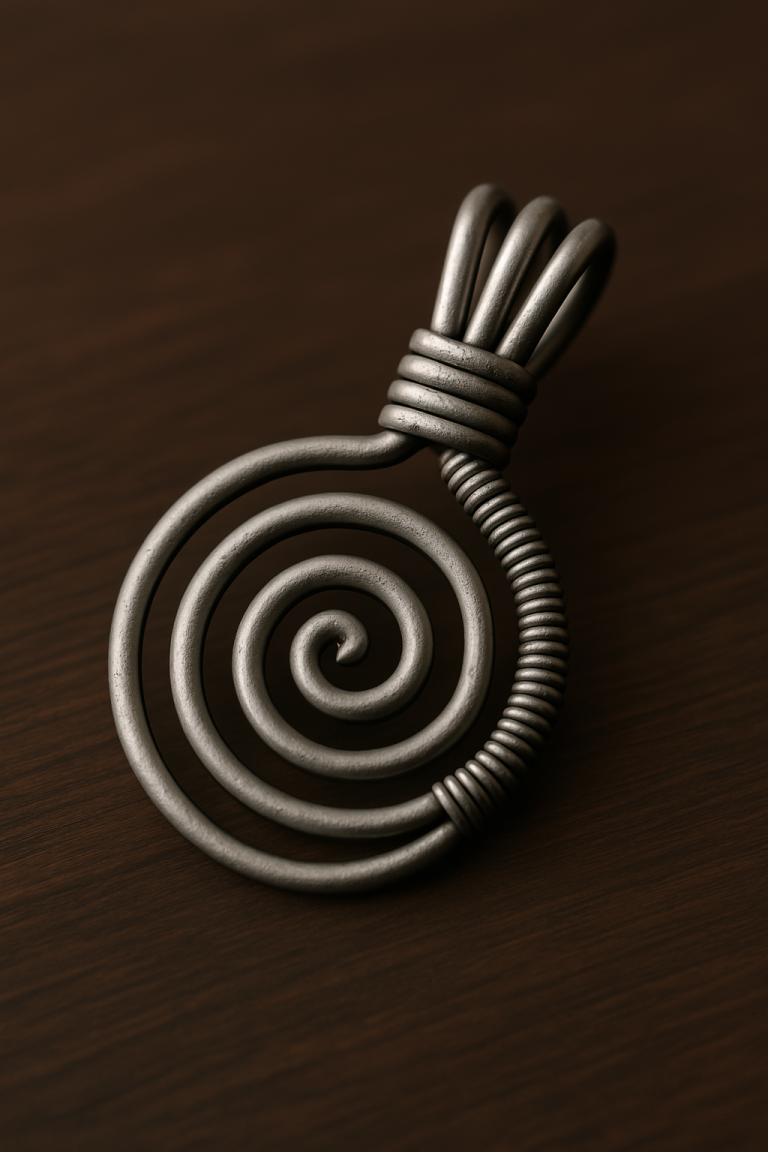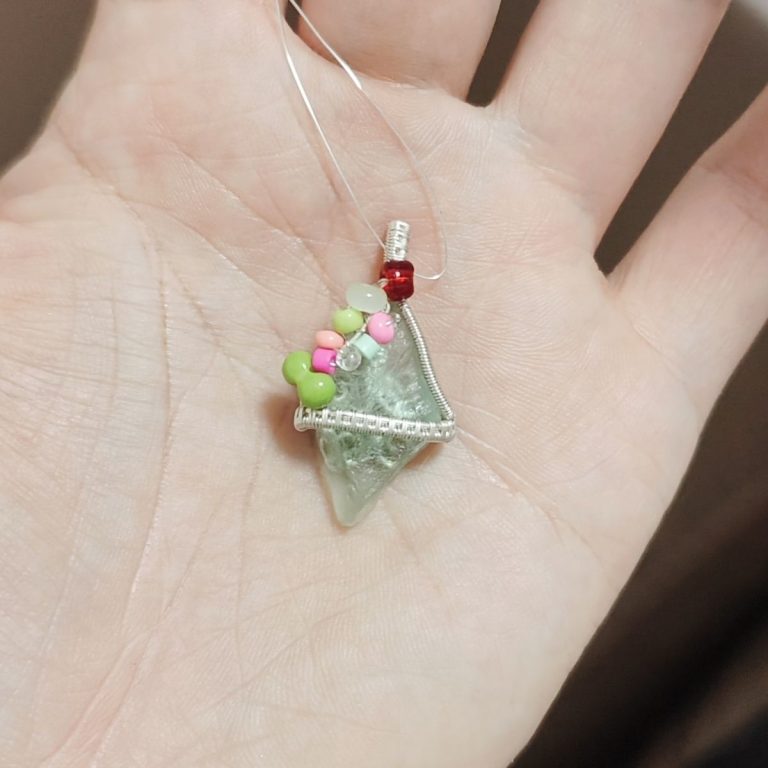How to Choose the Perfect Wire Gauge for Your Jewelry Design
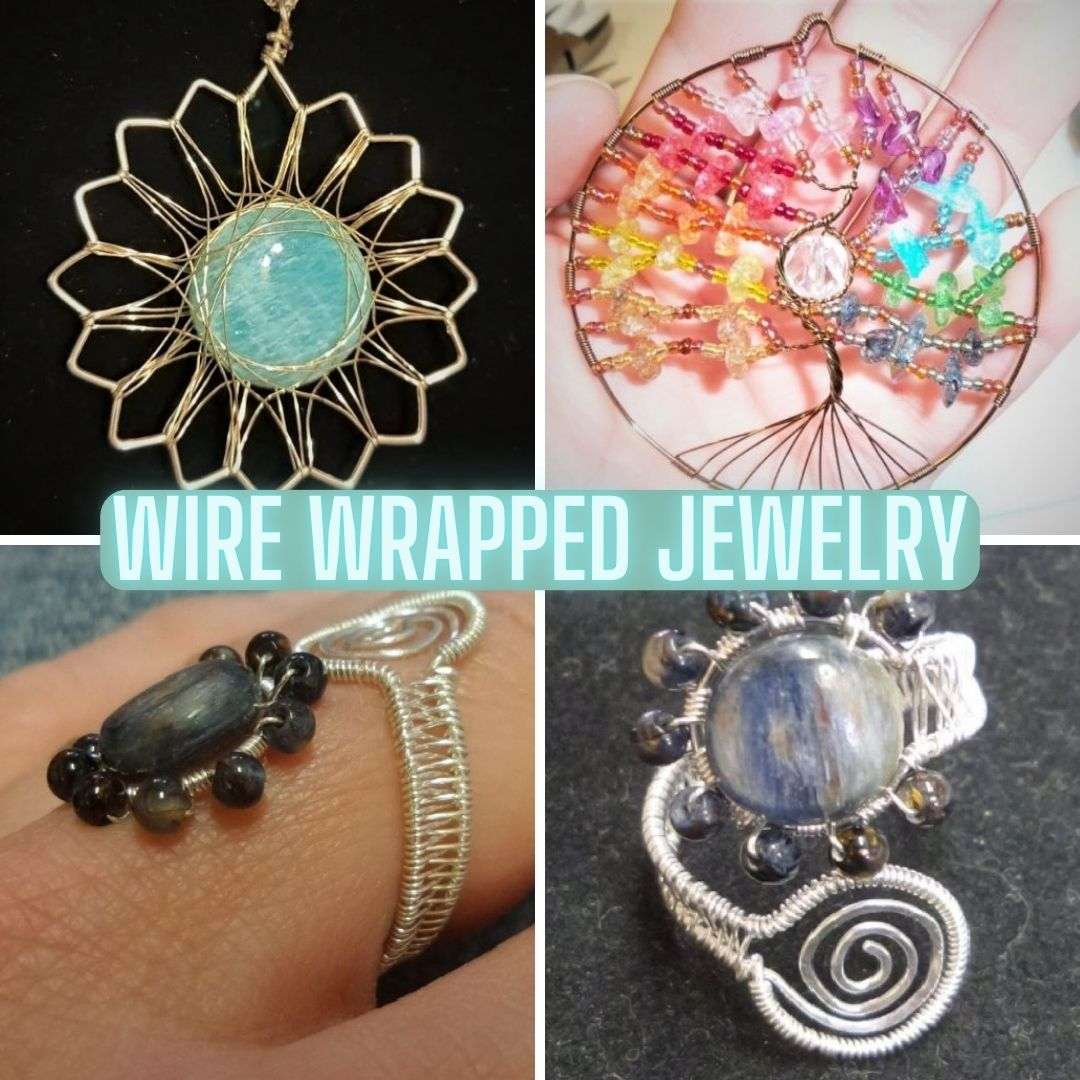
How to Choose the Perfect Wire Gauge for Your Jewelry Design
Wire gauge is one of the most critical factors in jewelry making—it determines your design’s durability, flexibility, and aesthetic. Whether you’re crafting delicate pendants or sturdy bracelets, selecting the right wire thickness can make or break your piece.
Understanding Wire Gauge Sizes
Wire gauge refers to the thickness of the wire, measured in numbers (e.g., 18-gauge, 24-gauge). The lower the number, the thicker the wire.
| Gauge (AWG) | Diameter (mm) | Best For |
|---|---|---|
| 16-18G | 1.2-1.0mm | Structural frames, rings |
| 20-22G | 0.8-0.6mm | Pendant bails, clasps |
| 24-26G | 0.5-0.4mm | Weaving, delicate wraps |
Choosing the Right Metal for Your Project
1. Copper Wire
Pros: Affordable, great for practice, develops a rustic patina.
Cons: Tarnishes quickly; may turn skin green (use coated varieties).
2. Sterling Silver Wire
Pros: Professional finish, hypoallergenic, retains shape well.
Cons: More expensive; requires anti-tarnish care.
Comparison of common jewelry wires (SVG illustration)
Safety Tips for Handling Wire
- Use Flush Cutters: Prevents sharp wire ends.
- File Edges: A jewelry file smooths rough cuts.
Pro Tip: Store wires in labeled pouches to avoid gauge mix-ups!
